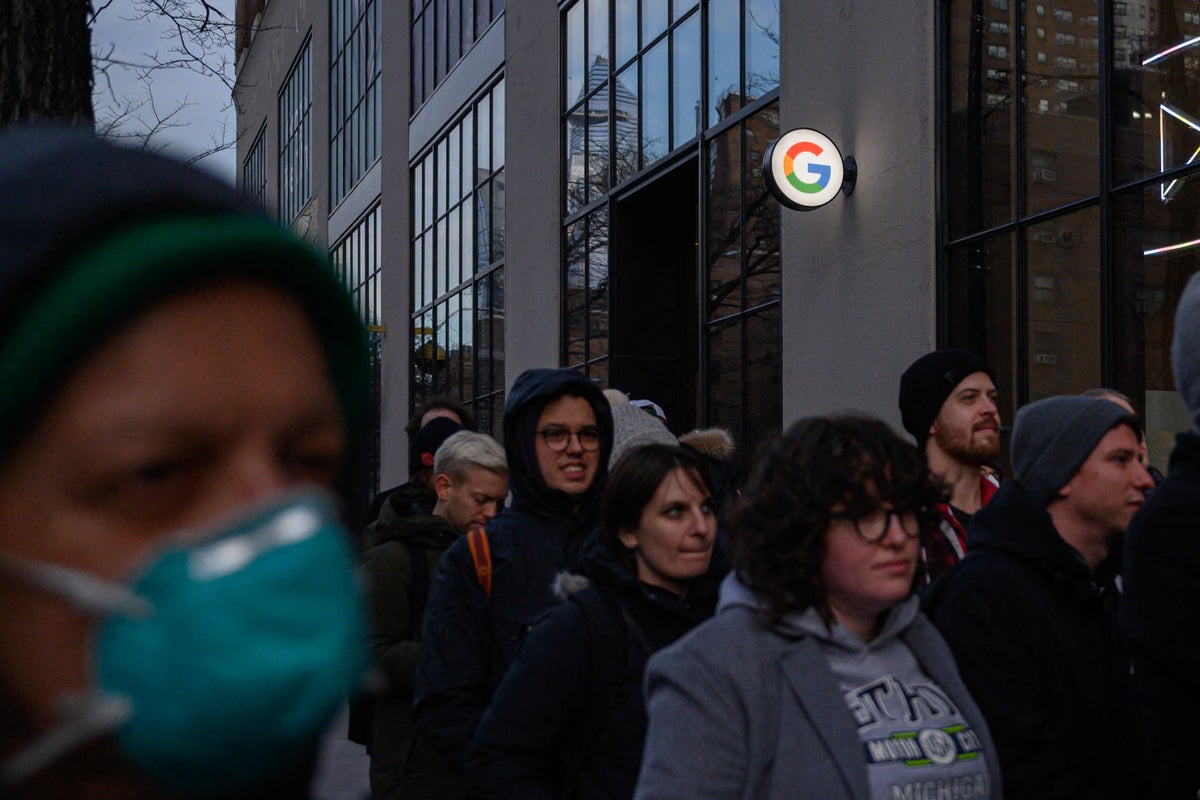Shutthiphong Chandaeng | Istock | Getty Images
Many technology leaders remain skeptical or concerned about the use of artificial intelligence tools, at the same time organizations are relying on these tools to handle a growing number of roles and functions. Given this paradox, a key consideration is what will it take to bring these two opposing dynamics in alignment?
A recent survey of 1,393 technology leaders across nine countries by IT staffing and services provider Experis showed that about two-thirds are accelerating their AI capabilities and about half are embedding AI skills into existing roles rather than creating new positions.
And yet, despite the ongoing buzz around AI, the research indicated a measured approach to AI adoption among technology leaders. Just 37% see generative AI as a valuable solution for specific applications today, and 33% remain uncertain about its business impact.
"CIOs and technology leaders are embedding AI into existing functions and roles primarily by using it to augment existing work patterns and tasks," said Cameron Haight, an analyst at research firm Gartner. "This initial use of AI tools is expected to generate modest productivity increases. In the short term, AI operates within boundaries, enhancing current processes without fundamentally transforming them."
Businesses are using AI in several key areas, said Kye Mitchell, president of Experis U.S. They're deploying it to accelerate coding and automate testing in software development; to enhance cybersecurity via real-time threat detection and response; and to improve customer support and sales by streamlining ticket handling and personalizing outreach.
Over time, AI tools are expected to push boundaries, becoming more "agentic" and capable of breaking down complex problems, Haight said. "This will transform work patterns by enabling developers to fully automate and offload more tasks," he said.
AI agents can enhance developer experience and increase the ability to deliver business value, Haight said. "For example, an AI agent can automate tasks such as code generation, debugging, and performance tuning," he said.
Gartner research has a more nuanced view on AI replacing humans for jobs, however, as the impact is complex and varies, Haight said. "While there is speculation and hype from vendors touting 'AI-based software engineers' that could supplant human engineers, we believe that the rumors of the demise of, for example, software engineers are greatly exaggerated," he added.
The skepticism and uncertainty among IT leaders regarding AI's business impact is partly because many organizations struggle to translate AI investments into tangible productivity improvements, Haight said.
Achieving alignment
Navigating the balance between the hype, potential, and challenges of AI requires technology leaders to focus on strategic integration, workforce adaptation, and cultural change, Haight said.
Companies need to shift the focus to an AI-first mindset. "Instead of developers manually coding everything, cultivate an 'AI-first' mindset where software engineers primarily focus on steering AI agents by providing relevant context and constraints," Haight said. "This means upskilling teams in prompt engineering and retrieval-augmented generation skills."
To effectively leverage AI, especially for building AI-empowered applications and supporting new roles such as AI engineers, organizations need to invest in AI developer platforms, Haight said. "These platforms provide the necessary technology, workflows, reusable components, access to large language models, and support for responsible AI practices, enabling efficient and scalable AI integration," he said.
The impact of AI necessitates redesigning roles to fit new ways of operating and account for changing demand, Haight said. "Instead of just replacing roles, focus on reconfiguring roles often towards assisted multi-skilled generalist roles where AI automates routine tasks," he said. "Set up more networked and dynamic teaming to make it easier for people to connect with work."
To align AI enthusiasm with business impact, technology leaders "need to create space for innovation without losing control," Mitchell said. "That means setting up safe sandboxes to test AI, building bridge roles that connect tech with business, and measuring results through real outcomes — not just hype. Just as important, we need to upskill teams so AI becomes a productivity partner, not a mystery or a threat."
Also to help close the gap between AI deployments and executive hesitation, technology leaders must focus on small, strategic deployments that show measurable business value, Mitchell said.
"Whether it's reducing time-to-resolution in customer service or speeding up code review, pilot programs with clear KPIs [key performance indicators] can turn AI from a buzzword into a business tool," Mitchell said. "But adoption won't scale without education."
At the same time, companies need to put strong AI governance in place to monitor how tools are trained, deployed, and evaluated — especially in industries where bias or error carry heavy consequences.
"And perhaps most importantly, leaders need to bring people into the process," Mitchell said. "Co-creating AI solutions with cross-functional teams builds trust, improves outcomes, and helps shift the narrative from fear to empowerment."
While some jobs — such as data entry, low-level coding, and routine legal review — are vulnerable to automation, the future is bright for roles that blend human judgment with machine intelligence, Mitchell said. "Think AI engineers, data ethicists, cybersecurity experts, and product leaders who know how to build with AI, not just around it," she said. "The new era of work belongs to those who can collaborate with the machines, not compete against them."










 English (US) ·
English (US) ·